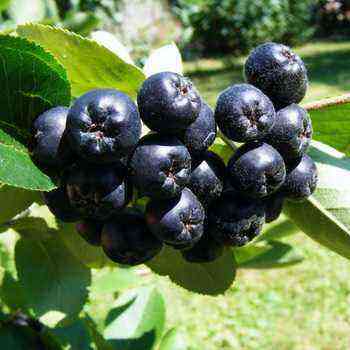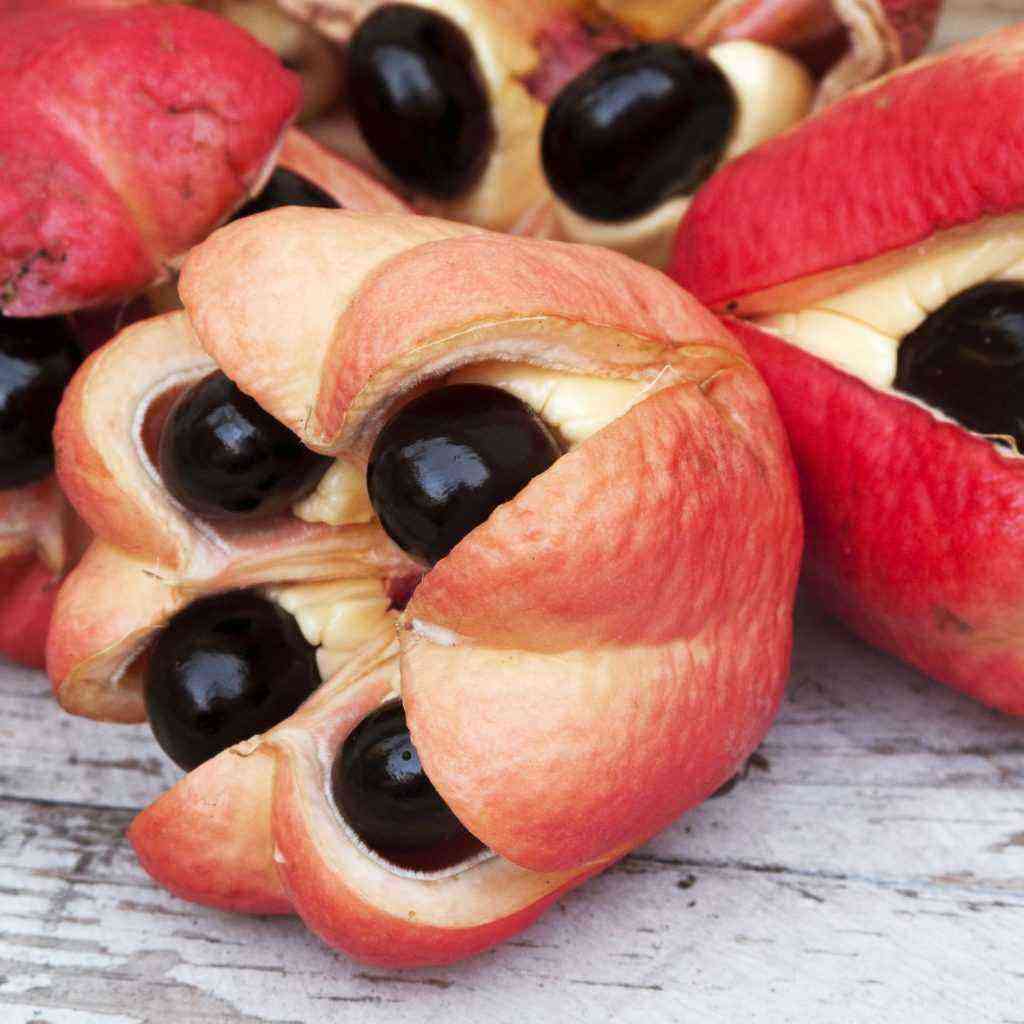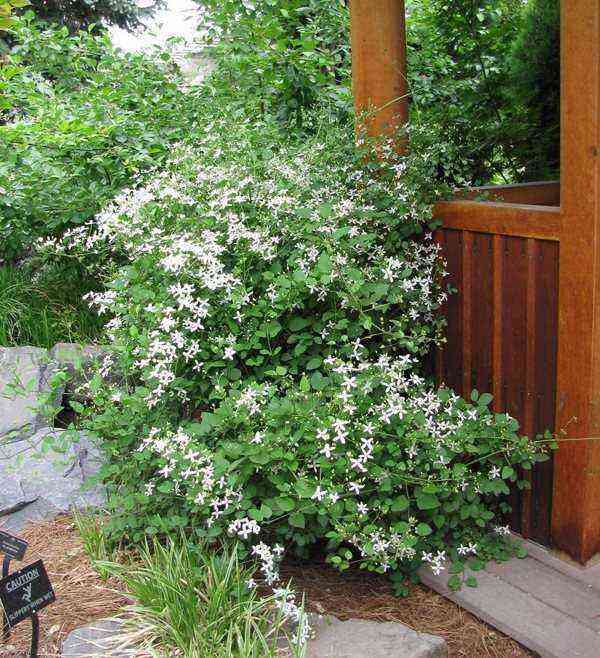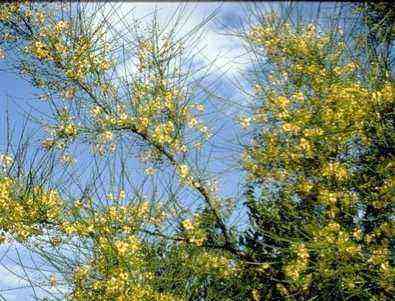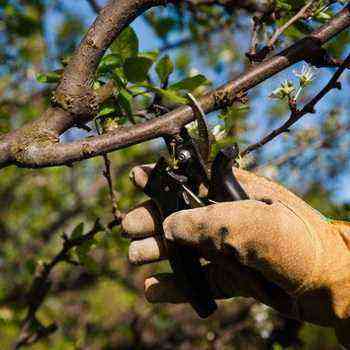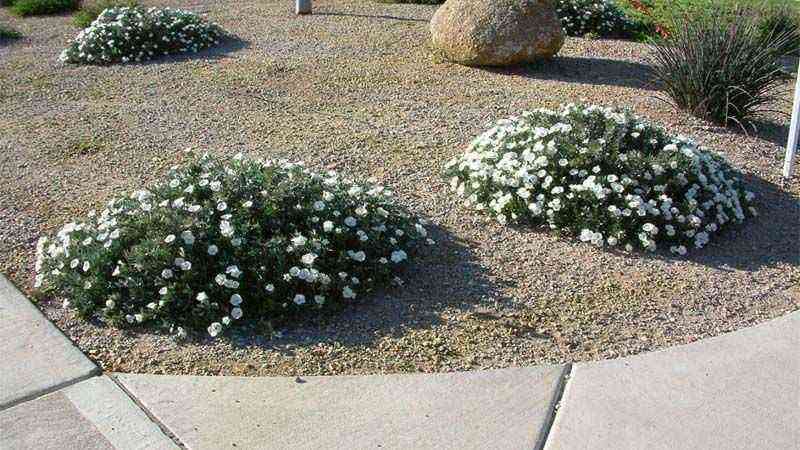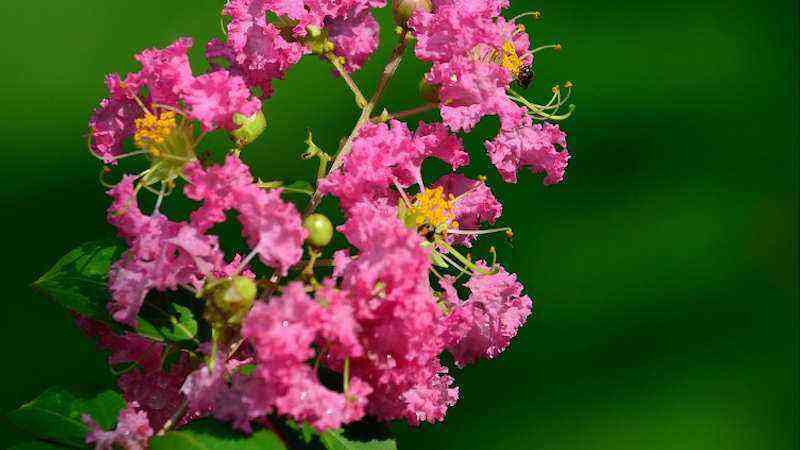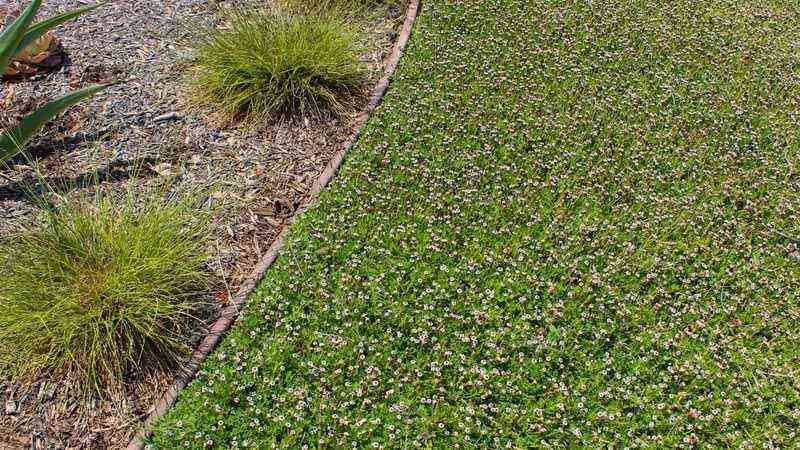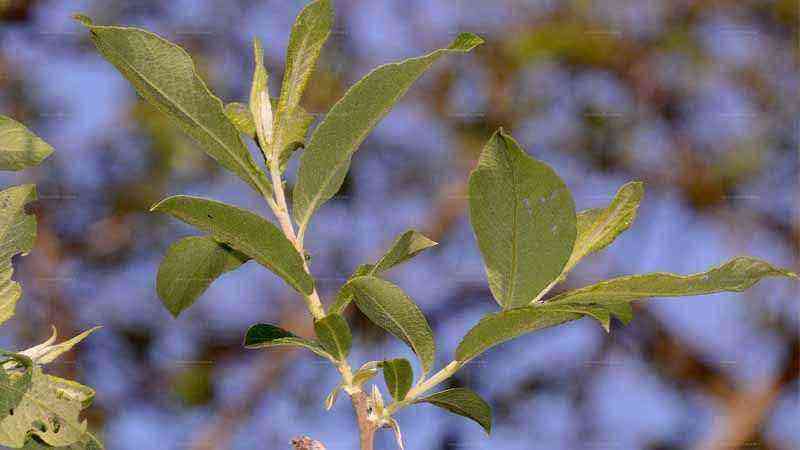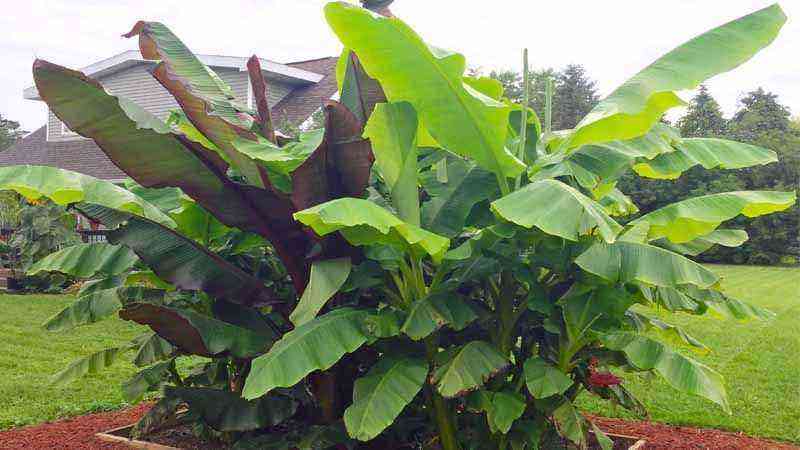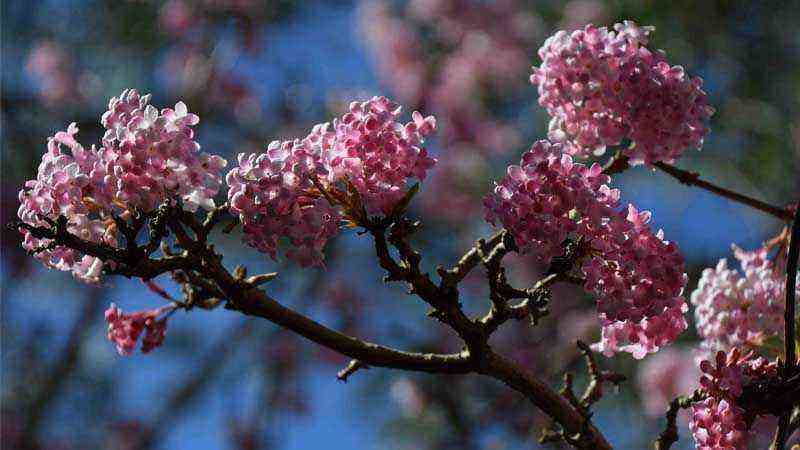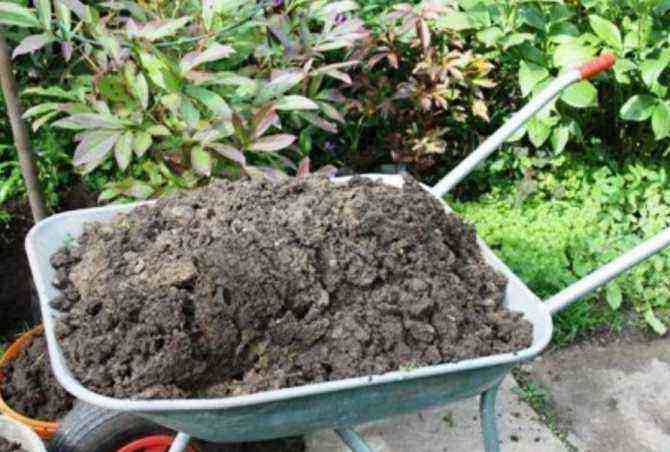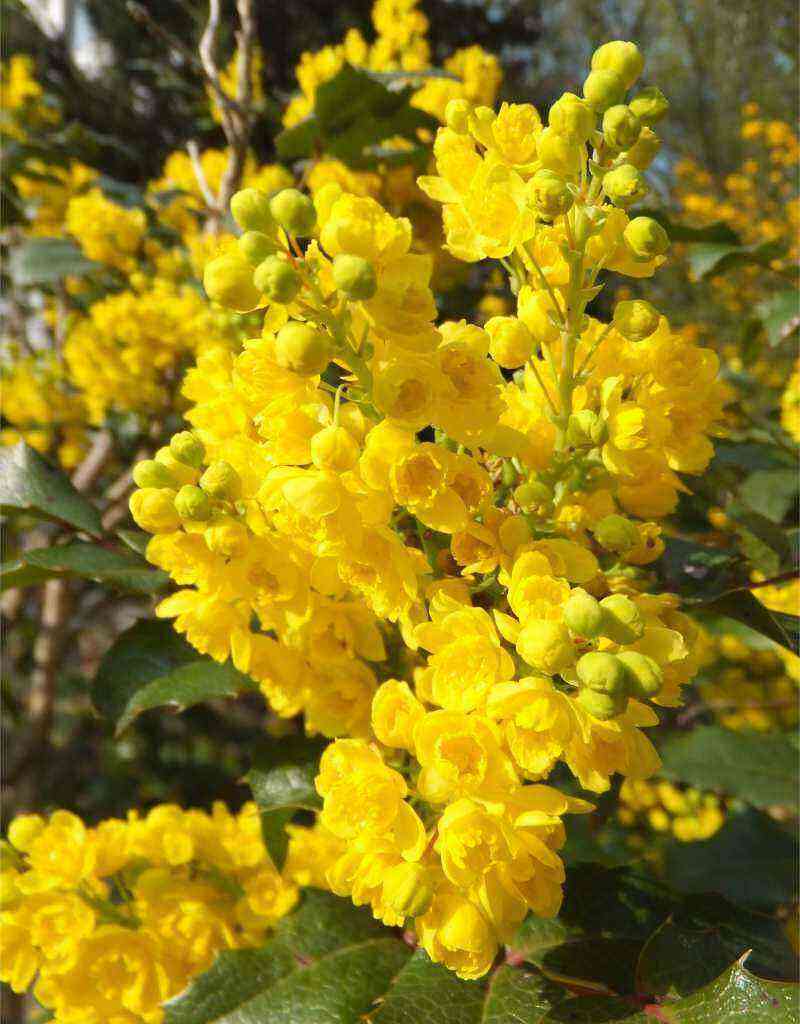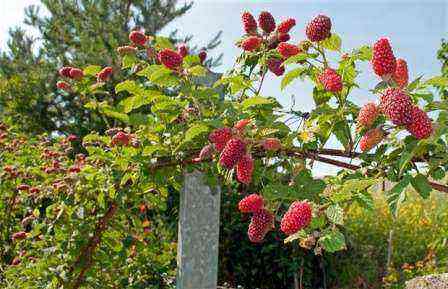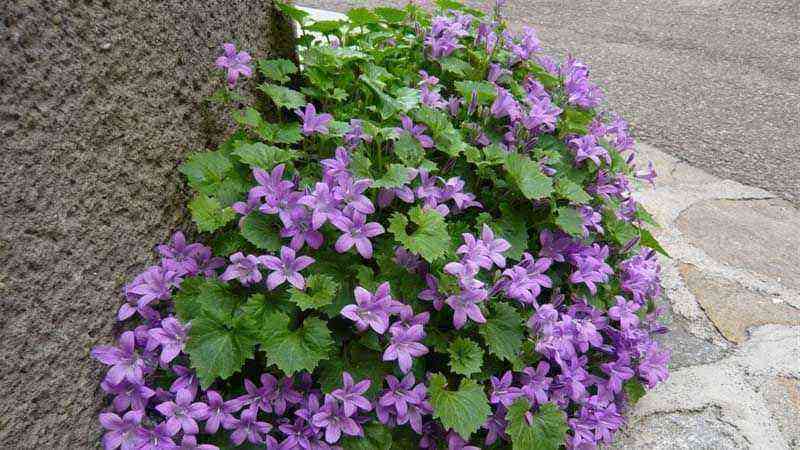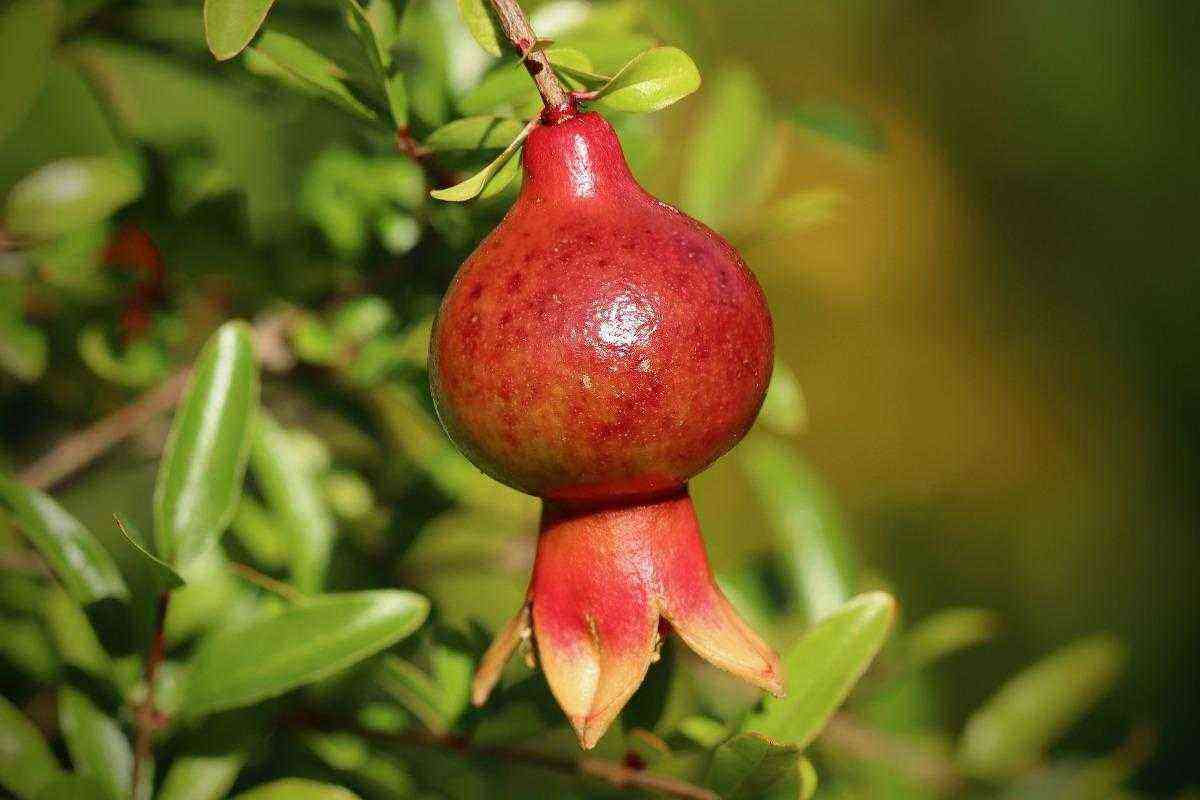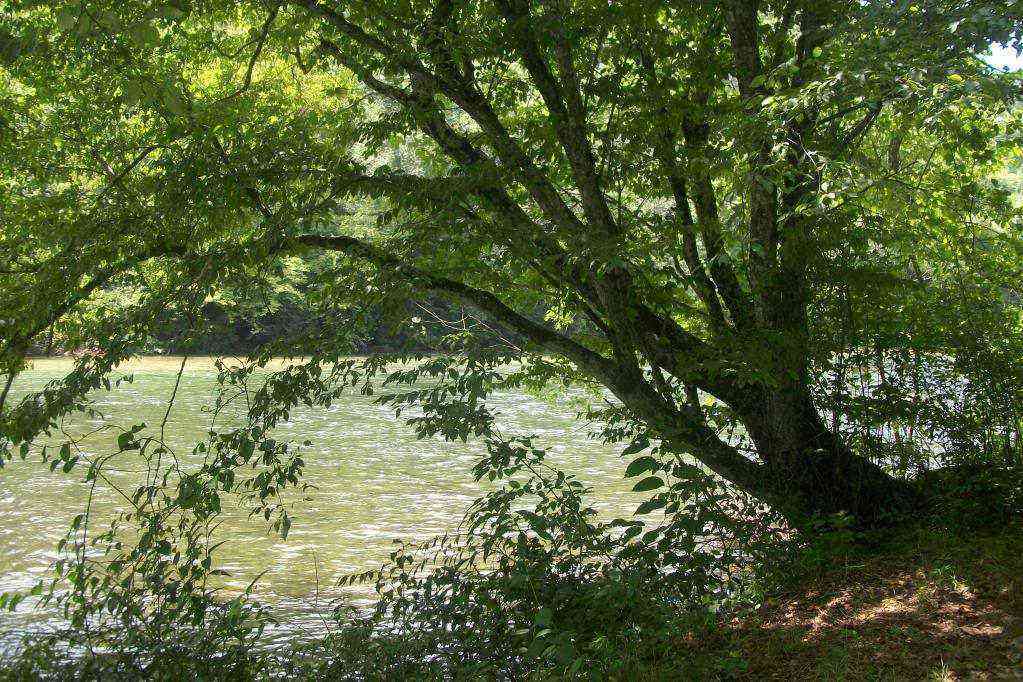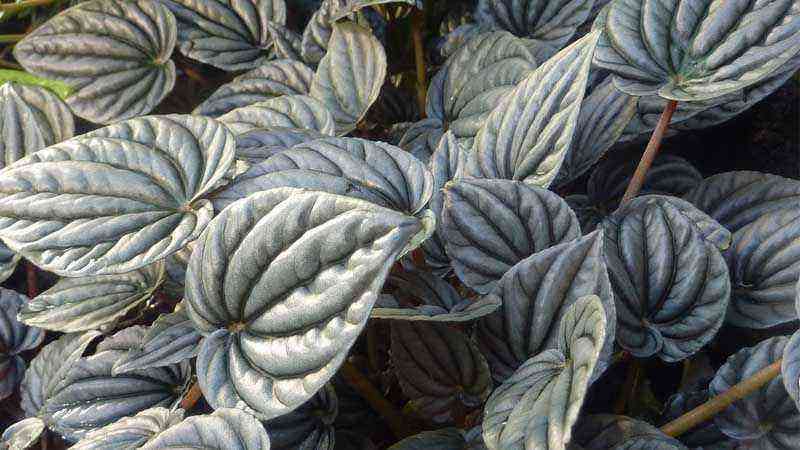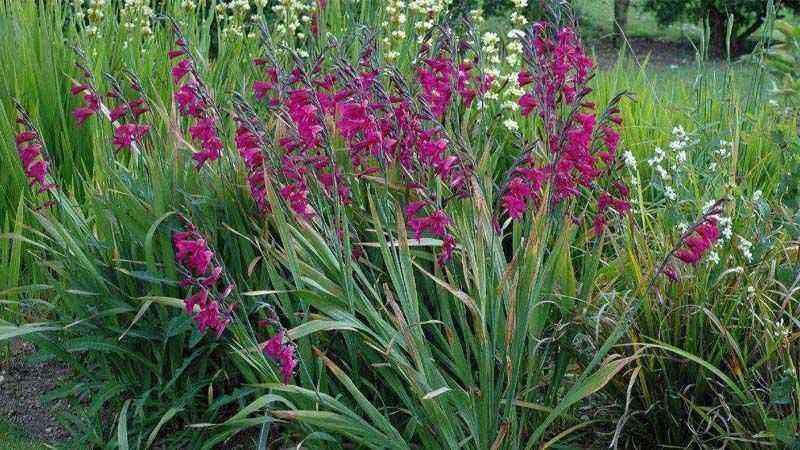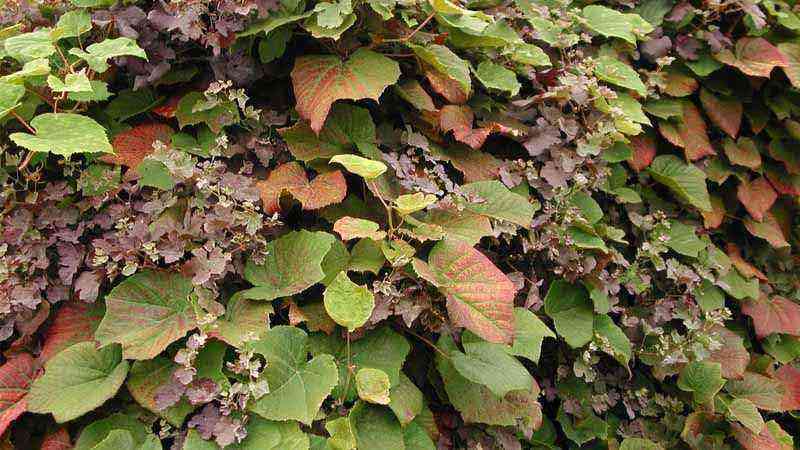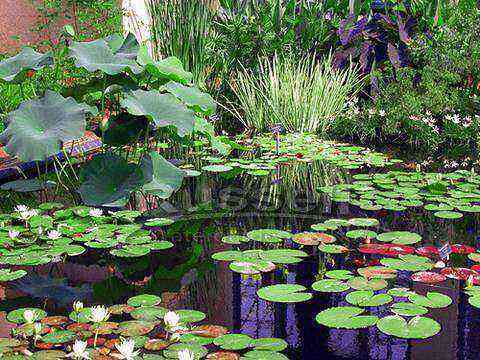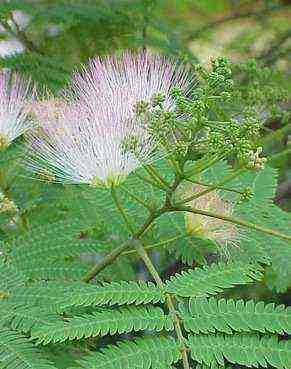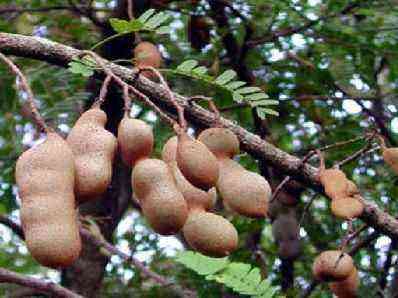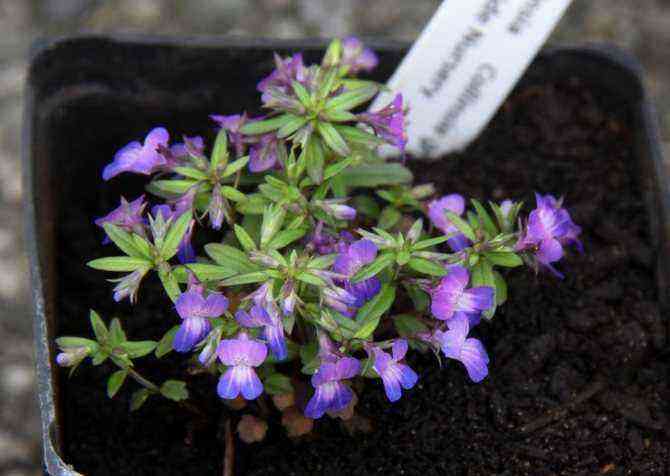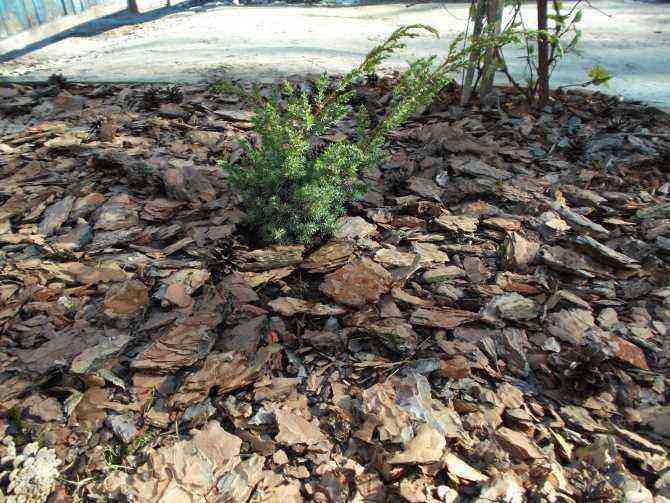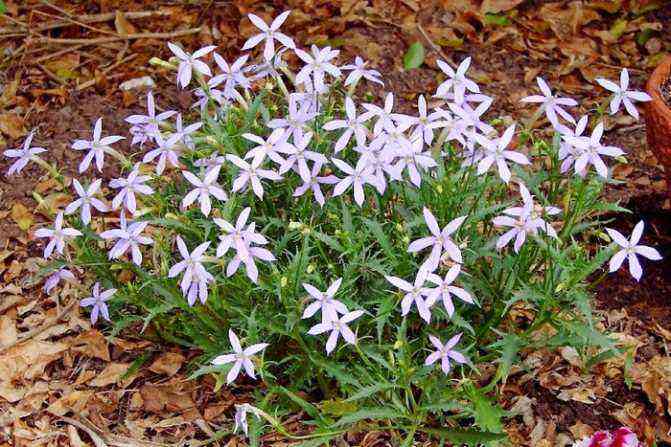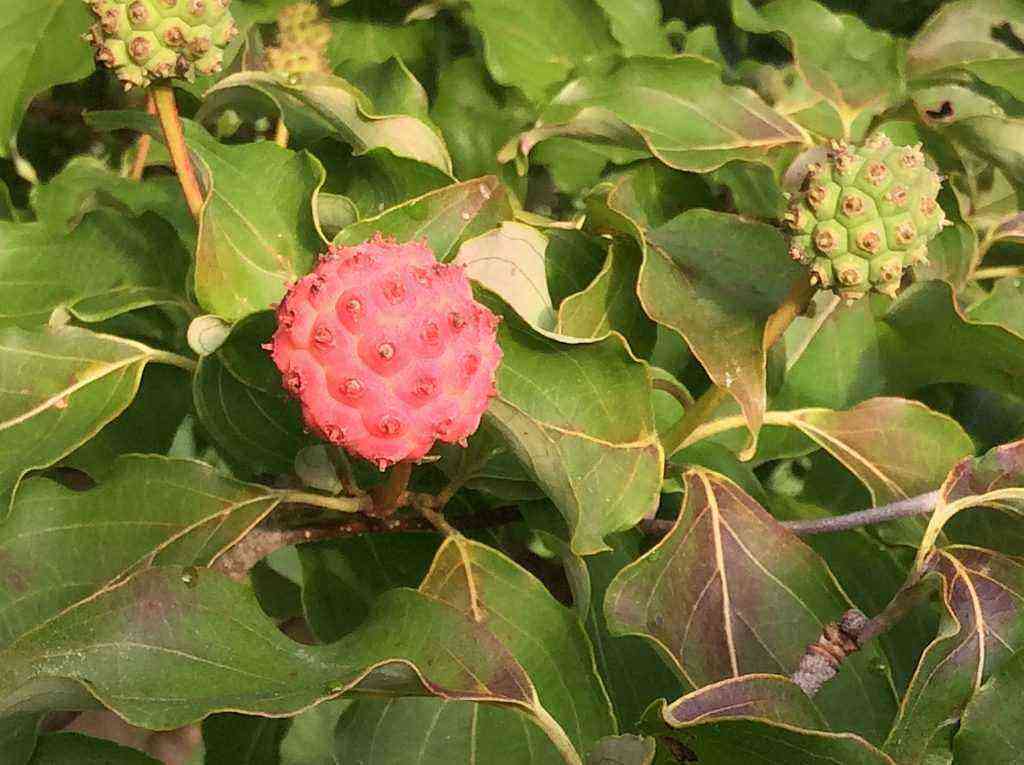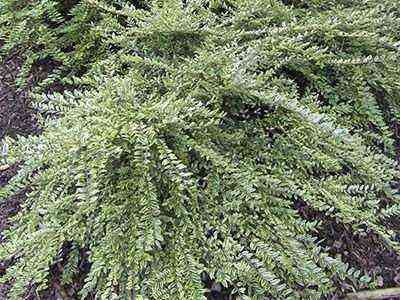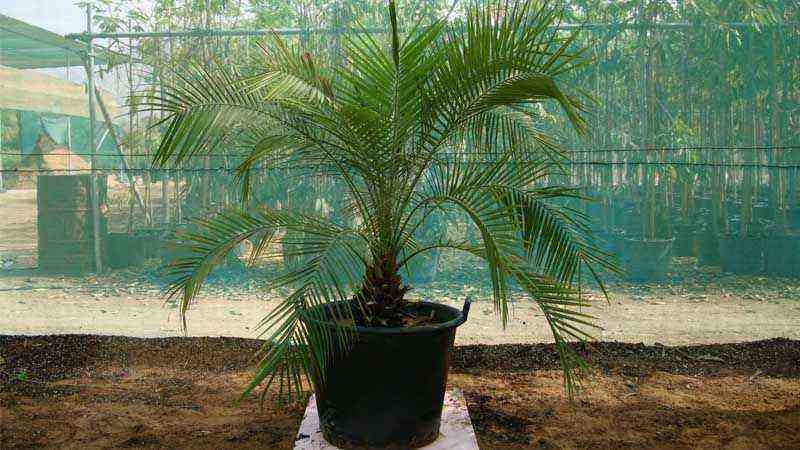This plant belongs to a large legume family and is represented by a single species. The homeland of tamarind is the eastern territories of the African continent and the island of Madagascar. From there, it was introduced to the tropical countries of Asia, and then to South and Central America. Another name for the plant is Indian date (Tamarindus indica). In the local dialects of Malaysia, he is called asam, imli. In each state, the tree is given its own name, and in one of the provinces of Thailand, tamarind is a symbol. The plant has earned its popularity due to the medicinal and nutritional qualities of its fruits.
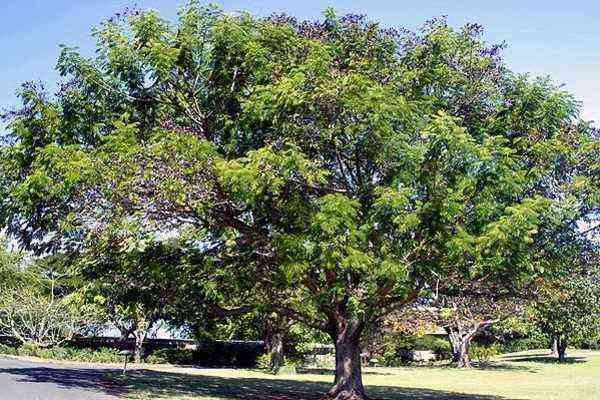

Tamarind at home
Temperature conditions
… Normal room temperature is suitable throughout the year. When the temperature drops, the plant can shed its leaves.
Growing tamarind – lighting
… Bright lighting promotes abundant flowering, plants appear stronger and healthier.
Care
… To maintain a compact shape, lateral shoots can be shortened to 20 – 40 cm in length in mid-summer.
Substrate
… Tamarind adapts well to most types of soil. It can grow in rather poor soils, but prefers fertile, moist, well-drained substrates with a slightly acidic pH.
Additional fertilizing
… Monthly during the growing season with fertilizers with a low nitrogen content and high – potassium and phosphorus. In autumn and winter, the frequency of fertilizing can be reduced to 1 time per month or stopped altogether until spring.
appointment
… Tamarind is very attractive due to its delicate foliage and can be grown as an indoor bonsai.
When tamarind blooms
… Spring.
Air humidity
… Spray the plants periodically or place them on a pallet of damp pebbles.
Soil moisture
… Needs a lot of water during the growing season – keep the soil evenly moist. In the winter dormant period, watering is reduced.
Transfer
… Annually in spring as it grows into larger pots. Large tub plants need annual replacement of the top layer of soil with a fresh one.
Growing tamarind at home
- Read: Spices. Spices. Seasonings.
Indian tamarind can be grown from a stone at home quite simply. Moreover, the germination rate of fresh mature seeds is usually more than 95%. The planted seeds usually sprout together in about a week, less often – in 10 days. According to the information available on Russian-speaking and English-language forums and sites, tamarind seeds (seeds) do not lose their germination for a very long time. A case is described when tamarind seeds sprouted after 8 years of storage …
For tamarind in an apartment, south-facing windows are best suited, as they like bright light. It is undesirable to expose young tamarind trees to direct sunlight in order to avoid getting them thermal burns. Therefore, tamarind sprouts that emerged from seeds are best shaded in the first months of their life.
Tamarind plants need moderate watering from early spring to fall. For irrigation it is necessary to use only soft, settled water, at room temperature. In the winter months, the intensity of watering should be limited, and the plants should be watered only as the top layer of the soil dries up to a depth of 2-3 cm. But you should not allow waterlogging of the roots, as it often leads to decay of the roots. Therefore, in pots where tamarind plants grow, there must be effective drainage.
For the growth of indoor tamarind, a moderate temperature or slightly above moderate temperature is most favorable. Since tamarind are tropical plants, even in winter, the ambient temperature should not fall below 16-18 C.
The root system of tamarind is shallow, so it is better to use shallow and wide pots. But tamarind is not picky about the soil, although the experience of its cultivation shows that it is better to use fertile slightly acidic soil. From ready-made soil mixtures, the soil for citrus plants is quite suitable. In general, tamarind can grow even on a slightly salty substrate.
The growing tamarind plant does not require special care. It is only advisable for him to make a suitable haircut for the formation of the crown. The formation of the crown of young plants is carried out until 3-5 skeletal branches are formed, and then they are usually limited to sanitary pruning, removing weak branches that thicken the crown and are damaged.
Tamarind practically does not need intensive feeding, and it is quite enough to apply complex fertilizer once every 3 months during the period of active plant growth. And in the fall and winter, you do not need to fertilize this plant.
Transplanting growing tamarind should be done in the spring, before the start of an active growing season and only as needed. At the same time, in a new pot, one should not forget about a good drainage layer.
At home, tamarind can be affected by thrips and whiteflies, which must be controlled accordingly.
When planting tamarind in a pot, its seeds are immersed to a depth of about 1 centimeter into the prepared soil. It should be noted that for this it is not necessary to use a slightly acidic soil, since the seeds germinate well in the universal soil for flowering plants. And in order for tamarind seeds to quickly and amicably sprout, it is advisable to use a mini greenhouse to create optimal humidity and temperature in it (the optimum temperature for seed germination is 22-25C). To do this, cover the pot with planted seeds with glass or a bag, and then put it in a warm place. It is desirable to air the mini-plate daily for 10-15 minutes. Regular moistening of the soil is also necessary, since increased soil moisture is required for seed germination …
Features of growing tamarind fruit
Tamarind, the second name of the Indian date, is a plant of the legume family. The tropical inhabitant grows in Africa, on the island of Madagascar, is cultivated in hot climates. The pods are used in cooking, carpentry and folk medicine.
The use of the exotic fruit tamarind for medicinal purposes
Traditional healers use the bark of tamarind, its fruits and leaves for medicinal purposes to prepare potions. Healing infusions are made from the bark of the tree. Fruits contain a huge amount of substances useful to humans. Tamarind infusion is used as a natural, not strong laxative, and leaf infusion is used as a healing drink to relieve heat. Pectin is obtained from the pulp, which is used in cooking as a natural gelling agent.
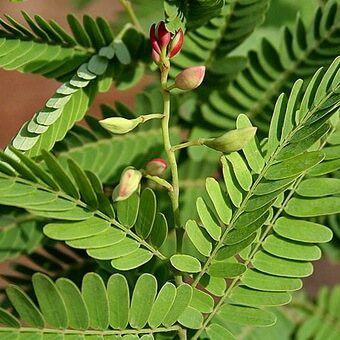
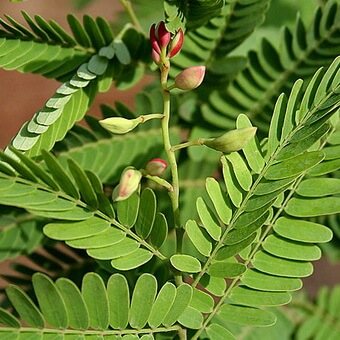
In appearance, tamarind looks like a peanut, although the exotic fruit is covered with a brown skin. The pulp has a fibrous consistency and is filled with seeds. Indian dates are used to prepare a variety of dishes and pastries.
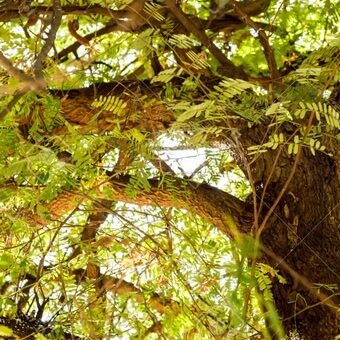
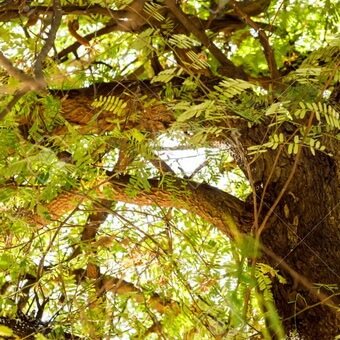
The fruit is very useful for weight loss, because its acid blocks the activity of enzymes involved in food processing. Beans suppress hunger, promote fat burning and increase serotonin accumulation. Eaten products made from tamarind beans help inhibit gastric acid secretion, thereby reducing the aggressive effect of gastric juice on the gastric and intestinal mucosa, which can result in inflammatory processes. In the United States, extracts and extracts from the fruits of Indian tamarind are prepared, which are popular among the inhabitants of the country.
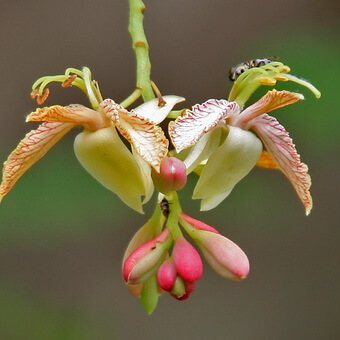

Method of preparation of the extract: boil chopped tamarind (200 g) for 15 minutes in 200 ml of water until completely softened. Then squeeze out the liquid well and pour into a dark vessel, applying as needed. Discard the remaining pulp of the squeezed tamarind.
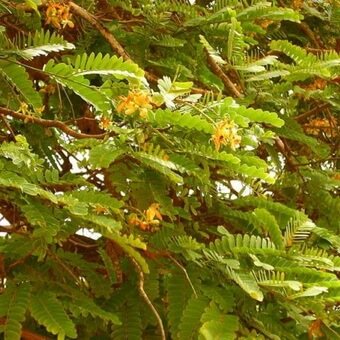
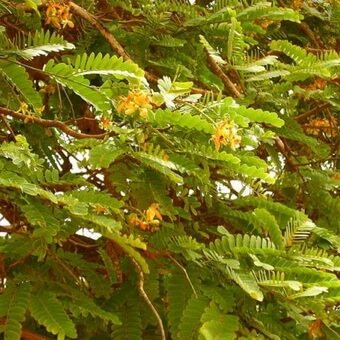
Nutritionists have no complaints about the use of Indian dates in food, but they do not recommend using it during pregnancy, with acute kidney and liver failure. When eating 10-15 g of berries, a moderate laxative effect occurs. Excessive consumption of the fruit leads to diarrhea, which is why it should be eaten with caution.
Growing tamarind at home
In its natural environment, the tree grows up to 30 m. The crown is round and hangs down to the ground. The bark of a tree with rounded contours is brown with a grayish tint. Fruits are brown pods with a thick skin.
Source: Depositphotos
Tamarind is a tropical legume
It will not work to grow such a giant in a room, but the bonsai technique will help decorate an apartment with a tropical plant. You can plant tamarind at home from seeds, for this you need:
- pick up a pot;
- use fertile and slightly acidic soil mixture;
- leave the bone in water for 2 hours before planting;
- for scarification, rub the seeds with sandpaper;
- bury the planting material to a depth of 1 cm;
- cover with foil and put in a lighted place with a temperature of 20-25 ° C;
- spray the soil periodically to moisten.
The sprouts will appear in 3 weeks. The appearance of feathery leaves is a signal for transplanting into a flower pot.
Tamarind. Features of a tree.
Indian tamarind is a large, evergreen, slow-growing, long-lived tree up to 20-30 m high with a spreading crown. Belongs to the legume family. The tree is too large to grow in a container for a long time, but it retains the desired size well when using the bonsai technique: large superficial roots develop well, the trunk is straight, conical, bark with a pronounced texture, the leaves can be easily reduced in size. The leaves are alternate, feathery. The leaves are oval, tender, light green, turning at night. The flowers are pink or yellow with red stripes, five-petal, clustered in racemose inflorescences. Fruits are non-expanding brown beans 2-3 cm in diameter up to 17 cm long. Elongated coffee-brown fruits, slightly tapering at the end, most often somewhat curved. The skin of the fruit is brittle. The seeds lie in white pulp – this is the tamarind pulp.
The reddish brown flesh surrounding the reddish brown shiny smooth hard seeds has a sweet smell and sweet and sour taste and is a spice. The fruits ripen in May-June.
This African tree has preserved edible pulp in its beans, and is not going to die out. It can be found in Africa and India and Cuba. Outwardly, tamarind looks like a spreading willow. If you come closer, the branches with feathery foliage are more reminiscent of fir legs, from which fragrant wreaths are woven. Tamarind has a lot of branches. This is unusual in the tropics. There, trees are always very economical and do not form unnecessary branches. In addition, tamarind branches are special. They seem to be cast from resilient steel. Sometimes ten tomboy straddles a tamarind branch, and that one only bends, but never breaks. Comfortable swing, since the branches begin almost at the ground
In the dense crown of flowers, it is almost invisible. They are, of course, there, only subtle. When tamarind blooms, the ground is always covered with crimson leaves under the tree. They can be mistaken for fallen petals. In fact, these are fallen bud scales that hid the buds. The petals of tamarind are pale, creamy and so thin that they seem to be stamens.
Tamarind is not a forest dweller. This is a tree of glades and edges. And nevertheless, large caps of tamarind crowns often loom among dense forests. This fact contradicts the foundations of forest science, which teaches: light-loving trees, and tamarind is just that, cannot appear under the canopy of shady trees. It turned out that the tamarind in the forest are living witnesses that once there were villages here. Tamarind were planted in the villages. Then the villages were abandoned. Residents dispersed. The gardens are overgrown with forest. And the tamarind survived, because they were already large, and at that age other forest trees could not displace them. There they will live to old age, although they will no longer give a new generation. If a village does not arise again nearby and the forest is not cleared again for a vegetable garden. It is remarkable that almost no herbs grow under the tamarind crown. What is the matter, have not yet figured out.
Foresters have long appreciated this property of tamarind. They planted it along fire-prevention glades, where the soil should be bare all year round so that the fire would not spread deep into the forest. Usually the fire strip is plowed annually, removing the overgrown grass. Tamarind takes away the hard work. Almost no herbs grow under it. Its secretions prevent the herbs from growing.
Photo of tamarind

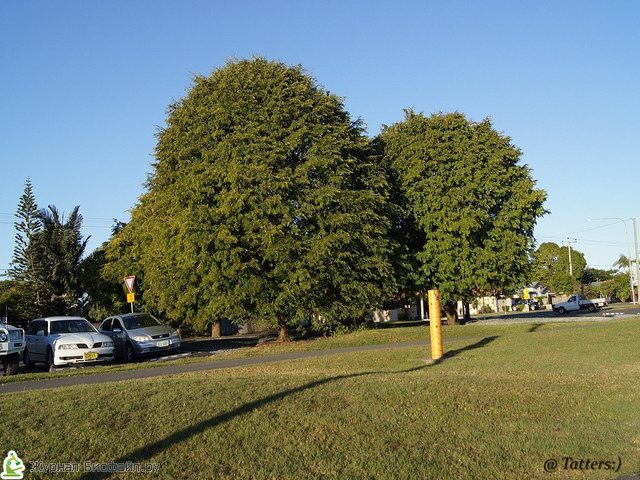
Tamarind. Photo: Tatiana Gerus
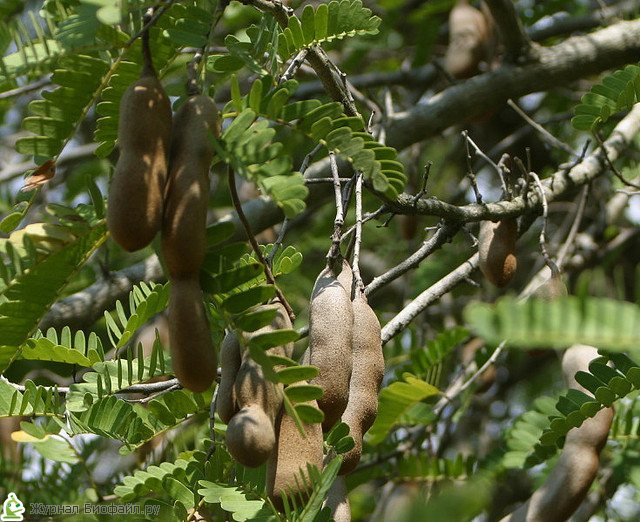

Tamarind branches. Photo: Malcolm Manners

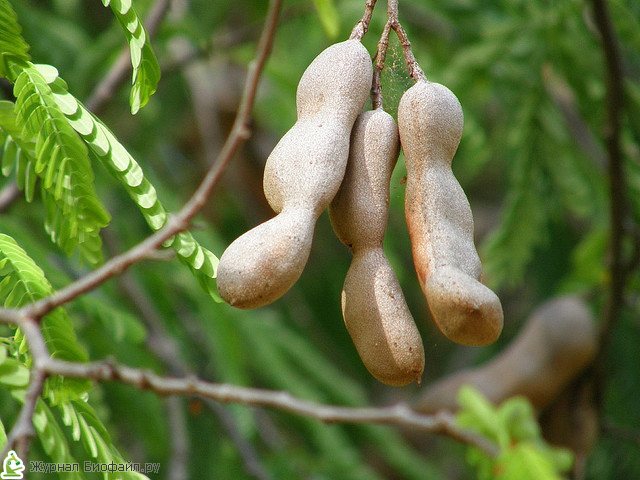
Tamarind beans. Photo: Malcolm Manners
It grows wild in Sudan, but now the tree is distributed in most tropical countries of Asia, as well as in Latin America and the Caribbean, it is a symbol of the Cuban city of Santa Clara, the capital of Senegal Dakar and the Thai province of Fetchabun. In India, it is grown along roads to create shade.
The pulp of the fruit is used as a spice in both Asian and Latin American cuisines. It is also an important ingredient in the popular UK Worcester and HP fruit sauce. The pulp of green fruit tastes sour and is used in the preparation of spicy dishes. Ripe fruits are sweeter and can be used to make desserts, drinks, snacks.
Tamarind is an indispensable ingredient in southern Indian cuisine, where it is used to make kuzambu or sambhar (spicy stew of lentils and vegetables), a popular liquid dish in Tamil Nadu called pulikkuzambu, puliliodarai rice and various types of chutney. It is also sold in the form of sweets in Mexico (for example, “pulparindo”), and in all kinds in South Asia: dried, salted, candied, frozen, etc. “Pad Thai” is a popular dish in Thai restaurants in the USA, the main taste to which tamarind imparts.
The wood has a deep red color. Due to its density and strength, tamarind wood is used for the manufacture of furniture and floors. Rods were also made from tree branches. The pulp, leaves and bark are also used in medicine. For example, in the Philippines, the leaves are traditionally used to make herbal tea, which has been shown to relieve fever in malaria. Due to its medicinal properties, tamarind is used in Ayurveda to treat diseases of the digestive tract.
Tamarind beans, ugly, crooked, green, then turn brown. But animals know well what is hidden behind the shell of a bean. Between its peas is a dark, almost black flesh, similar to marmalade. For this pulp, tamarind was nicknamed the Indian date. In India, black lemonade is made from beans.
Among the Caesalpinum trees there are not only sour, but also sweet pulp. Earlier, when candy was expensive, it was replaced by the beans of the ceratonia, a carob that grows throughout the Mediterranean. Beans were brought to Russia from Turkey and from the island of Crete. They were called Tsaregrad horns. Between the peas of ceratonia there is a mass similar to jam. They ate the jam, spat out the peas. Even earlier, when there were no precise weights for weighing precious stones, ceratonia peas were used instead. Each pea was an exact copy of its neighbor and weighed two tenths of a gram. The measure of weight was called a carat. And although now jewelers do not use the peas of the Tsaregrad horns, the carat as a measure of weight has been preserved.
In the Mediterranean countries, sweet ceratonia beans are still a delicacy. Even more often they are fed to livestock. The tree itself looks majestic, like a huge umbrella acacia. In adulthood, ceratonia takes up so much space that they try to get rid of it and grow a vegetable garden here. The tree is cut down and cabbage is planted. The soil from under the ceratonia turns out to be extremely fertile. The purpose of the sweet pulp of the beans is to attract seed-distributing animals.
E. Korner counted legumes, dividing them into two groups: one – with a fleshy filling of beans, the other – without. It turned out that there are very few beans with pulp on the ground. In the family of moths, there is only one species out of ten thousand. Mimosa has two genera. The Caesalpiniaceae have the most – 70 species, but this is out of 2300.
Botanists are well aware: everything that is rare is ancient, primitive. A rare species – a miraculously preserved species. This means that legumes that have a fleshy bean are plants that have retained the characteristics of their ancient relatives. Many of them did not manage to reorganize and in the new conditions are living out their last days.
It is remarkable that most of these relics survived in the Caesalpinium family. After all, it is they who live in those places where the history of the angiosperms began: in the tropics of South Asia, and perhaps South America. Where the life path of legumes began with fleshy, tasty beans, which then were many, very many, and with dry, rattling beans, perhaps, did not exist. After all, dry beans evolved from fleshy ones, E. Corner thought.
E. Korner decided to test his hypothesis empirically. A wide variety of beans, which seemed to show no sign of pulp, upon closer inspection revealed clear evidence of aryl past. Corner discovered all stages of the transition from a full aryl, enveloping the entire seed, to half and to barely noticeable remnants.
Growing tamrind
Tamarind is photophilous, it is grown in direct sunlight. The plant is well adapted to semi-arid tropical conditions, so the soil should be allowed to dry slightly between waterings. In winter, you need to ensure that the soil does not overcool. Mature plants can withstand light short-term frosts. It is important to keep the air dry during fetal development. When watering, it is important to ensure that the water does not stagnate in the sump. Therefore, good drainage is essential. The plant practically does not need feeding, fertilizers are applied every two to three months. The formation of the crown of young plants is usually carried out before the formation of 3-5 skeletal branches, after which only sanitary pruning is used.
Tamarind is propagated by seeds that germinate within a week. They are sown in a light substrate to a depth of 1 cm. When stored dry, the seeds remain viable for several months. Plants grown from seeds bloom in 6-8 years. Tamarind is not picky about the soil, tolerates salinization of the substrate, but grows best in fertile slightly acidic soil. The alkaline reaction of the substrate can cause chlorosis. Pests: thrips, whitefly.
Growing conditions
After transplanting the sprout to a permanent place, the pot is covered with a bottle or film. When the tree starts to grow, the cover is removed. Requirements are imposed on growing conditions:
- place the plant on the south side, darken at noon;
- tamarind needs warmth, keep the temperature at 22–27 ° C. In winter, not lower than 10 ° C;
- dry air is detrimental to the plant. Spray or place a container of water.
Tamarind fruit is not expected until 6-7 years after planting under recommended conditions.
Care of the plant
An exotic plant is whimsical and requires proper care, which is as follows:
- Water regularly and keep the potted soil moist. Use warm and settled water.
- Spray tamarind twice a day in summer.
- Avoid drafts.
- From April to October, fertilize every 2-3 weeks. Feeding with a full mineral composition in liquid form is suitable, add 1 ml of fertilizer to 20 liter of water.
- Prune regularly for a symmetrical and dense crown.
- Rotate the pot to expose the sides of the plant to the sun. Lack of light leads to the cessation of growth, the tree is sick.
Tamarind is an evergreen plant from the rainforest. You can grow an Indian date if you follow the recommendations. The plant will decorate the interior and benefit from the fruits.
Tamarind is an evergreen fruiting tree. In natural conditions, it grows up to 20 meters. In rooms – up to 2. The flowers are pink, small, collected in a brush. The value of tamarind for growing at home is not in flowering, but in openwork decorative greenery, similar to acacia foliage. Leaves fold from touch and in the dark. The root system of the plant is small and does not require massive pots. The tree is easy to shape, allowing you to grow unusual, very decorative indoor plants.
Tamarind
Tamarind is a tree of the legume family, but it is the only one of its kind. The tamarind tree is really very similar to the acacia: the same feathery leaves, the same fruit pods. But inside these pods there is absolutely unexpected content. Tamarind is also called the Indian date in another way. Its consistency is really very similar to the appearance of a date. Some may see similarities with toffee or other candy, others with dried fruits or prunes.
Somehow you can’t even call it a fruit, as mentioned above, this is a plant from the legume family. Most likely, everyone calls it a fruit because of its sweet taste. There is absolutely no juiciness inherent in most fruits. It looks a little dry, has a matte brownish color. It may seem to you that this is due to the fact that he dried in the sun for a long time. But this is not the case. Tamarind is so dry and grows.
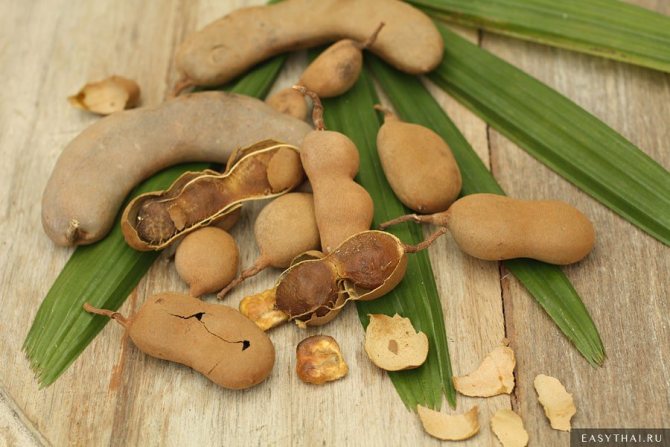
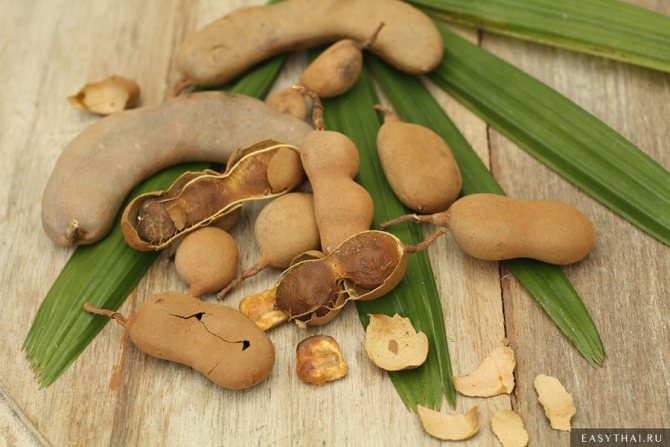
Tamarind fruit
East Africa is the birthplace of tamarind. Today it is very common in many Asian countries. Inside the brown pulp of tamarind are black seeds that resemble beads. Small white caterpillars can often be found in the pulp of this plant. This indicates the naturalness of tamarind. But, unfortunately, this sight will most likely not give you an appetite.
Raw foodists, fruitorians, and vegetarians consume this sweetness instead of candy.
The peak season of tamarind ripeness is in December, January and February, but on Phuket you can buy tamarind at any time of the year. Only in the seasonal period all markets and retail outlets are filled with it, and in the rest of the year you can buy it only in supermarkets.
The Thai name for tamarind is makham. If you do not know how to eat tamarind, then it will be useful for you to know that it can be consumed both raw, straight from the tree, and in the form of desserts, drinks, sauces made from it. Also, the fruits of tamarind are dried and candied. And they also prepare an excellent sauce for shrimp from it. This is a delicious Thai dish.
Tamarind is considered a useful fruit for the digestive system, contains many vitamins and organic acids, and is also characterized as an excellent anti-inflammatory and antimicrobial agent. In India, dysentery is treated with tamarind.
The sweetest tamarind grows in the Petchabun province in central Thailand. The image of this tree is even on the coat of arms of the city.
Cultivation from seeds
Tamarind is an unpretentious plant, but for its successful cultivation, it is necessary to create the following conditions:
Air temperature 25 – 30 ° C; – Lighting for at least 14 hours; – Constant moderate humidity; – Weakly acidic nutrient soil; – Draft protection.
Fresh tamarind seeds have a high germination rate, up to 100%. The surface of the seeds is quite hard, but it does not require obligatory scarification (damage). You can soak the seeds before sowing for a day in water at a temperature of 60 ° C. It is recommended to use a thermos for soaking.
Tamarind seedlings need good lighting for normal growth. If it is not possible to provide additional lighting with the help of special lamps, germination begins no earlier than mid-April and no later than mid-August.
Despite the fact that tamarind tolerates transplantation with damage and pruning of roots, it is better to grow seedlings in separate containers. The root system of tamarind is shallow, growing seedlings in one pot leads to the fact that the roots are strongly intertwined and it becomes problematic to separate the plants. An exception is the pre-planned cultivation of several plants in one composition, without further separation. In this case, the required number of seeds is planted in one container, adding 2 – 3 seeds. After the emergence of shoots, the extra ones are pinched.
For sowing, choose a slightly acidic, nutritious soil. If preference is given to purchased soil, you should choose soil labeled “For citrus plants.” Homemade earthen mix includes:
Garden land – 1 part; – Deciduous humus – 2 parts; – Lowland peat – 1 part; – Sand – 0,5 parts; – Perlite – 0,2 parts.
All components are cleaned of debris and coarse fractions, then thoroughly mixed. It is necessary to sterilize the substrate to avoid infection of young plants. The safest sterilization is with high temperatures. If this is not possible, apply chemical, using fungicides and insecticides.
Seeds are sown to a depth of about a centimeter, sprinkled with wet soil, covered with a transparent film. A place for germination is chosen warm, protected from drafts and midday sun rays. It is advisable that the sun’s rays hit the plants only in the morning. Grow tamarind on the windowsill with care: drafts can lower the temperature of the soil and the seeds can rot. During germination, condensation forms on the surface of the film. This is normal and does not pose a danger to the sprouts.
The first shoots will appear in 7 to 10 days. From this time, hardening begins. The seedlings are ventilated, daily reducing the time spent under the film. After a week, they are left without shelter for the night.
A plant can stay in a container of about 500 ml for up to six months, during which time tamarind can grow up to 50 – 60 cm. Then it is necessary to transplant the plant into a larger pot and make a crown formation.
Cultivation
Tamarind is a great element of landscape design… In tropical latitudes, it is often used for landscaping streets, giving the surroundings a picturesque look. In the European climate, this tree can only be grown in greenhouses, warm greenhouses, and winter gardens. Indoors, it is bred as a bonsai culture. For successful cultivation, it is necessary to comply with the requirements for lighting, nutrition, moisture, and create an optimal temperature regime.
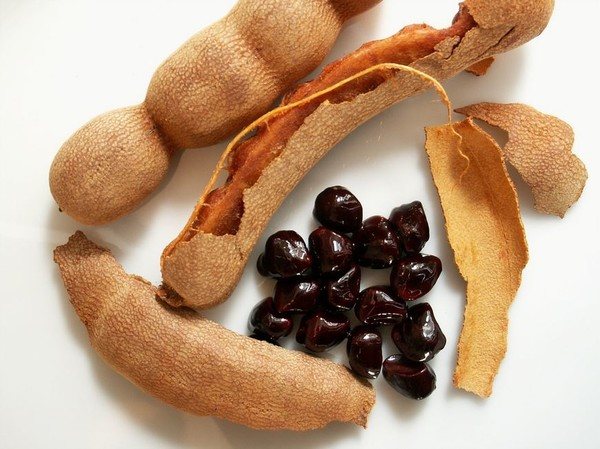

Getting sprouts from tree seeds is easy. For this:
- Prepare a pot with a mixture of perlite and peat.
- Tamarind seeds are placed in warm water for 3-4 hours, then dried. The surface of the seeds is rubbed a little with abrasive paper or a stiff brush so that small notches appear in the shell. So the seedlings will appear faster.
- The bones are placed shallowly into the ground, sprinkling with a layer of 1 cm. The surface of the pot is tightened with cellophane, providing a greenhouse effect.
- Leave the dishes in a well-lit room at an air temperature of + 25 ° C. If necessary, turn on additional heating and fluorescent lamps.
- Every day, the film is lifted and the soil is moistened with water from a spray bottle.
Seedlings appear in 3-4 weeks. As soon as the sprouts become distinguishable, the film is removed. When the first full-fledged feathery leaves appear, you can transplant the seedlings into permanent containers with soil. For tamarind, a mixture of garden soil with peat and humus is suitable. It is recommended to add ⅛ part of sand to the total volume, and pour a thick layer of drainage from small stones on the bottom. After planting, it is recommended to cover the plant with a transparent plastic dome or a jar to protect it from drafts and moisture evaporation. After 2-3 weeks, the protection is removed.
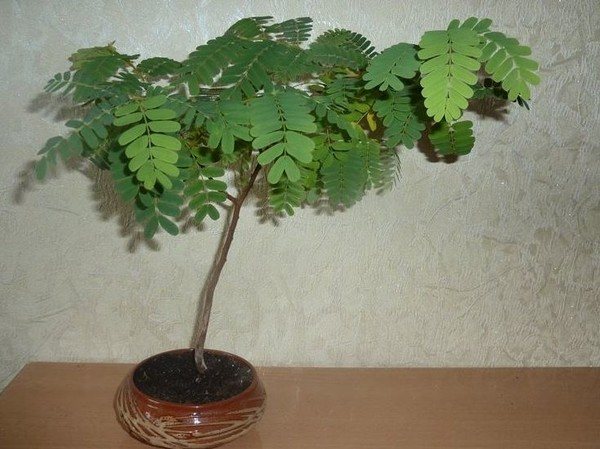
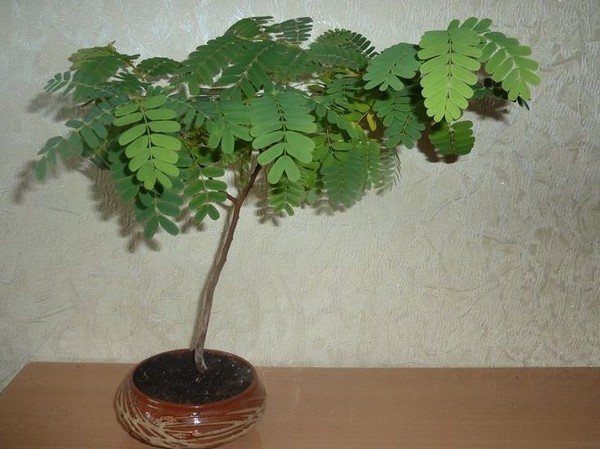
Transplanting seedlings
Tamarind should be grown in a shallow, wide container with drainage holes. The volume is selected in accordance with the root system: too small or too large pots are not recommended. The soil is used the same as when growing seedlings.
Drainage must be added to the prepared pot, you can use:
Expanded clay; – broken tiles; – Styrofoam; – small stones.
The material is thoroughly washed, treated with disinfectants. Care must be taken when reusing materials as they may absorb salts and other substances that can adversely affect plant growth. It is advisable to soak the material for a week, changing the water daily. The height of the drainage layer is about 5 cm.
The plants are transferred to a new pot, trying to keep the earthy lump. So that it does not crumble, watering is stopped 3 days before the transplant.
Tamarind needs high humidity after transplantation. The plants are covered with a transparent bag and sprayed several times a day. After 5 days, the bag is removed. If the room temperature is above 25 ° C, spraying is continued.
Reproduction by cuttings
In addition to seed, vegetative propagation of tamarind is used. For germination, take healthy cuttings 10 – 15 cm in size. The foliage is removed from the lower part, leaving 2 – 3 leaves at the top of the cutting.
A separate container with a volume of up to 0,3 liters is used for each cutting. Sand (1 part) and soil (2 parts) are added to the slightly acidic nutrient soil.
Plants are placed in the soil vertically to a depth of 4 cm, sprayed and covered with a transparent bag. Germination takes about a month, during the entire period it is necessary to provide the plant with high humidity.
If mold has formed on the surface of the soil, the shelter is removed, the top layer of the soil should dry out. You can spray the soil with a weak solution of soda, 0,5 tsp. in a glass of warm water.
Crown formation
To increase decorativeness, tamarind is formed using pruning and pinching. After these manipulations, dormant buds are activated, the crown of the plant becomes more lush and thick. The first pruning is carried out after the tamarind reaches 60 cm.This usually happens six months after sowing. Only a healthy tree is formed. The crown is given a natural or palm-like appearance.
The natural appearance of the crown is a straight trunk with numerous branches. It is necessary to pinch the top so that the tree begins to branch. If you plan to grow a compact form of tamarind, the trunk is cut at a level of 40 cm from the soil. Often, after pruning, a bare trunk remains without foliage, this is not scary. If the tamarind is healthy, the formation of branches and foliage occurs quickly, within a month.
If you regularly remove the branches on the trunk, leaving only the top 4-5 and pinching the top, you can get a tree in the shape of a palm tree. The upper branches can be pinched after reaching the required length.
To form the trunk, use: braiding, twisting and bending.
Tamarind trunks are often formed in braid shape
braiding young plants. Use 3 to 6 plants planted in one pot. The woven trunks are fixed with wire, adhesive plaster or other materials. Further shaping consists in the timely removal of excess branches from the trunks and pinching the crown for better branching. The height of the plant is determined by personal preference. If a short plant is planned, the top must be pinched. Without pinching, the plants stretch upwards; in the process of development, it is necessary to form new turns of the braid.
Twisting to form thick, embossed trunks
… Plants are carefully twisted, securing each turn with a wire. You can bend the plants by attaching them to the pot or using a special design. In this case, you will get a curved trunk, characteristic of trees growing in the mountains. Excess branches along the trunk are removed throughout the entire process of plant formation.
Flexing allows you to grow bizarre tree
, the complexity of which depends on the imagination of the grower. The plant is fixed with a wire wound along the entire trunk, tilting in those places where the fold is planned. In the process, it is necessary to ensure that no depressed traces remain. To do this, remove the fastener and, if necessary, put rubber or other material under the wire, and then return it to its place.
Use of tamarind leaves, bark and fruit
The Indian tamarind grown at home has all the features inherent in this plant, however, due to the lack of positive temperatures, it does not grow more than one meter and rarely blooms, so it is quite problematic to get the fruits of this plant. Homemade tamarind leaves have the same healing properties as in the wild. They are dried and a decoction is made, which effectively, due to the antiseptic properties of the plant, helps to relieve attacks of bronchial asthma. With conjunctivitis, they wash their eyes, gargle with the flu. The plant located in the house has a positive effect on others, tones and purifies the air in the room, calms the nervous system, relieves insomnia, and tamarind is also an excellent aphrodisiac plant for women.
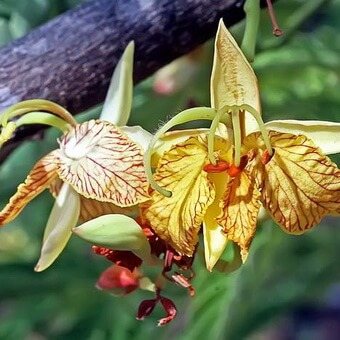
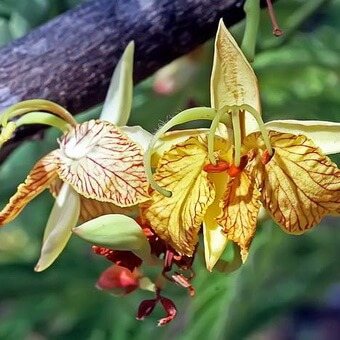
Thanks to its unique amino acids, tamarind has whitening properties, which require the fruit to be used to remove age spots and various types of skin redness. Amino acid compounds, endowed with anti-inflammatory action, relieve irritation, help fight rashes. The ground bark of the plant is used in scrubs and scrub masks, they contain propolis and vitamins of group E. Using such a mask once a week for a month, you can achieve an improvement in skin color, the disappearance of acne and irritation. The use of original folk beauty secrets opens up additional possibilities in the question of what is the use of exotic tamarind. From the dried fruit pulp, a natural powder is obtained, used for a homemade nourishing mask, after which the skin becomes soft and tender.


The powder can be consumed by diluting it with juice or water, which helps with bloating of the intestines.
The pulp of unripe tamarind is very sour, adding it to the simplest cocktail you can get an exotic drink. In many tropical countries, the fruits of the plant are used to prepare sweet carbonated drinks. The flowers give off a good nectar, from which a golden yellow honey with a slight acidic taste is obtained.
The seeds of the plant are used to make oil, which is used to make varnishes and drying oils.
Currently, you can buy an exotic fruit called tamarind in major cities of the country.
Look at the photo of this plant – tamarind is beautiful, both in the open field and in the greenhouse:
Bonsai from tamarind
Many growers hesitate to grow bonsai, considering this occupation too difficult and burdensome. In fact, growing bonsai is no more difficult than caring for regular plant forms. The main difficulty is to create conditions for the plant that are as comfortable as possible for its development. For example, conifers need a dormant period with an air temperature of about 3 – 4 ° C, tropical plants – high humidity. Growing bonsai from tamarind can be recommended for beginners, as it is unpretentious and grows well in an apartment.
At the beginning of development, caring for a bonsai is almost the same as usual. The only difference is that the amount of nitrogen in fertilizers should be 2 times lower. You can use complex fertilizers labeled “For Bonsai” or use half the manufacturer’s recommended dose of conventional fertilizers. At the age of 6 – 8 months, after the plant grows to 50 – 60 cm, the top is cut off, leaving 35 – 40 cm. The trunk is formed using the techniques of bending, twisting and others. The root system is not disturbed, care is carried out as usual.
At the age of about a year, preferably in April or early May, a defoliation procedure is performed – the removal of foliage. After this procedure, the leaves grow much smaller, retaining their shape and color. If necessary, if the earthen lump in the pot is completely entwined with roots, the plant is transplanted into a larger pot. The difference in volume is no more than a liter.
When the plant is 2 years old, the first pruning of the roots is carried out. The roots are straightened, the damaged ones are removed. Cut by about a third, be sure to carefully process the cut points. Planting is carried out in fresh soil, the volume of the pot corresponds to the previous one. They use special bonsai pots – shallow, wide. The roots are gently spread over the surface, covered with soil, slightly crushed. You can grind the surface with decorative stone chips.
The next year, the root system is not disturbed, they are transshipped into a larger pot. The cycle is repeated every 2 years.
Care for an adult plant
The grown tamarind does not require special care, easily tolerates temperature extremes, short-term irrigation interruptions. But if the earthen coma dries up, it can shed its leaves. When regular watering is resumed, new foliage forms quite quickly, within 2 to 3 weeks.
At home, tamarind behaves like a deciduous tree. This is due to the natural decrease in illumination in the autumn and winter periods, as well as dry air. When daylight hours increase, the tree comes out of dormancy, resumes growth. When supplemented with phytolamps and regular spraying, the foliage is preserved.
Watering is necessary regular, moderate. In hot weather, the amount of watering is increased. The surface of the soil must definitely dry out. At rest, watering is limited, but does not allow the complete drying of the earthy coma around the root system.
Fertilizers are applied regularly, excluding winter, if the tree is at rest. Complex fertilizers labeled “For citrus fruits” or “Universal” are suitable for tamarind. The amount is determined in accordance with the manufacturer’s recommendation.
Loosening the soil is carried out carefully so as not to damage the roots. It is necessary to monitor the condition of the soil surface. Substances contained in water and soil react with each other to form compounds – salts. Some of them are neutral, while others can be toxic to plants. If a white coating forms on the surface of the soil after drying, it must be removed and filled with fresh soil.
Forward
1″ :pagination=»pagination» :callback=»loadData» :options=»paginationOptions»>
Tamarind (Tamarindus)
Tamarindus –
evergreen, tropical, long-lived, slow-growing tree belonging to the legume family. Africa and Madagascar are considered the birthplace of Tamarind. Tamarind can reach up to twenty meters in length.
Its roots are large and superficial. Conical straight barrel. The heartwood is deep red in color. Tamarind leaf is complex, it consists of ten to forty small leaves, has an oval shape. At night, the foliage on the tree collapses.
The inflorescence is presented in the form of flowers collected in a heap. Flowers have five petals, yellow or pink have red streaks. The fruit of Tamarind is a pod up to seventeen cm long and up to three cm in diameter.
The brown bean is pod-shaped and consists of a soft coat and many seeds. Tamarind seeds are a spice with a sweet and sour taste and a pleasant smell. Due to the fact that the tree is quite tall, it is difficult to grow it indoors.
However, with the help of the bonsai technique, many growers practice, and are happy to grow Tamarind at home. Tamarind fruits are widely used in cooking.
TEMPERATURE FOR TAMARIND
Tamarind is very sensitive to drafts; the tree should be limited from this. Temperatures from twenty-two to twenty-five degrees are preferred in summer, and from sixteen to eighteen degrees in winter.
It should be borne in mind that in winter the temperature should not drop below ten degrees.LIGHTING FOR TAMARIND
If you are growing tamarind on a windowsill, then the south side of the house is the perfect place for a tree.
Tamarind is very fond of bright lighting, and the more there is, the better the plant will feel. In insufficient light, the plant will stretch out strongly.IRRIGATION OF TAMARINDA
Before watering the Tamarind, you need to make sure that the water is not cold.
It is desirable for the water to settle. Tamarind is watered after the soil has dried out, but not completely. In winter, watering is reduced. And also you need to ensure that there is no waterlogging, which can lead to decay of the root system.
HUMIDITY FOR TAMARIND
The ideal air humidity is considered to be about sixty percent. It is recommended to spray the tree more often, as well as humidify the air as needed.
Sometimes the plant can adapt to the relative dryness of the air, but this happens very rarely. Dry air is permissible only during the period of fruit ripening.
FEEDING TAMARIND
Fertilizer for Tamarind is preferably taken organic, and applied in liquid form. In winter and autumn, it is advisable to save the tree from feeding. In general, the plant is not demanding and can do well without additional fertilizing.
TAMARINDA TRANSPLANTATION
Young trees are transplanted in the spring, as needed. If the Tamarind is more mature, then it is transplanted less often, because with age the plant tolerates this procedure worse.
It is advisable to choose slightly acidic, fertile soil for Tamarind. If you are going to grow Tamarind in a room, then the pot for it should be wide and not high.
REPRODUCTION OF TAMARIND
Aerial layers and petioles of Tamarind are grown at a temperature of twenty-eight to thirty-two degrees. It is easier to grow tamarind with seeds. To do this, they are sown into the ground with the addition of peat and sprinkled with sand.
After that, you need to create conditions for their growth by covering the soil with a film. Seedlings are germinated in a lighted and warm place. After the leaves appear on the seedlings, they are seated in separate containers or flower pots.
PESTS OF TAMARIND
Insects such as mealy worms, scale insects, and spider mites harm Tamarind.
SOME FINE
In the spring, you need to prune for the correct formation of the crown.
In the sixth year of life, with proper care, Tamarind can release color.Maximum tree height:
30 m.
Average life expectancy:
20 years.
Landing:
seeds. Manila tamarind is an evergreen bush or tree 5-8 m high. In natural conditions it reaches 30 m. The crown is spreading, round, dense, with branches hanging down to the ground. Leaves are oval, oblong, 4 cm long.
The sheet plate consists of two double sheets. At the base of the leaves and on the branches there are thorns 2-10 mm long. The flowers are greenish-white, fragrant, 1 cm in diameter, collected in inflorescences. Flowering occurs in late February – early March.
The fruit is a curved pod 12 cm long, 1.5 cm wide. Contains small, black seeds. The pulp is edible, it tastes sweet.
Externally, the beans resemble pods with a thick, pink-green peel, which after drying becomes brown. Manila tamarind is cultivated in the countries of Southeast Asia, in the tropical regions of East Africa, the Caribbean, in the United States, in Guam. Sometimes it is found near water bodies, where it forms whole thickets. This plant is drought-resistant, since its powerful root system extracts moisture even at great depths. Manila tamarind is thermophilic.
Does not tolerate low temperatures. At air temperatures below 0 ° C, it dies. Fruits are eaten fresh, used in the confectionery industry and in the manufacture of soft drinks. In many countries, this plant is used to create hedges.
The tree is planted on the streets of large cities. Its spreading crown creates a shadow in which the townspeople take refuge from the rays of the scorching sun.
Growing Manila Tamarind
Manila tamarind is suitable for home cultivation, but bonsai techniques are used to keep the tree small. This plant is very whimsical, therefore, in order for it to develop well, it is necessary to create conditions close to tropical.
It should be provided with high air humidity, regular watering, bright lighting, top dressing. Tamarind is undemanding to soils, but does not tolerate stagnant moisture. For its cultivation, a light, nutritious soil with drainage is suitable.
Water the tree with soft, settled water at room temperature. The main thing is to prevent excess moisture in the soil. From spring to autumn, fertilizing with liquid mineral and organic fertilizers is applied once every 1 weeks. In winter, tamarind enters a state of dormancy.
During this period, it is kept at a temperature of 15-17 ° C. The number of waterings is reduced. They monitor the condition of the soil.
It should be moderately moist, but not overdried.
Application
The Indian date is widely cultivated in tropical countries as a fruit tree. The pulp contained in the pods is rich in vitamins and minerals. It contains: ascorbic acid, vitamins B, A, antioxidants, organic acids, pectin, tannins, iron, zinc, potassium, magnesium and many other useful components. One adult tree is capable of producing up to 150–180 kg of fruit per season.
In terms of carbohydrate content, tamarind is close to the famous date. Unripe pulp has a milky color, sour taste. It is used for sauces and seasonings for various dishes in Mexican, Indian, English cuisine. Ripe tamarind separates well from the peel, has a light brown color and the consistency of a thick jam. It can be eaten like a regular fruit, made into confectionery and beverages. The taste of the Indian date is sour-sweet, full-bodied, similar to prunes or apple jam. The aroma is pleasant, sweet.
The fruits are used as desserts, added to fruit salads, mousses, confectionery.
In addition to nutritional value, tamarind also has medicinal value. Eating pulp relieves exhaustion, anemia, and digestive disorders. This fruit is believed to be a powerful aphrodisiac. For women, tamarind masks help keep skin youthful and smooth. The extract from it is used in the cosmetic industry.
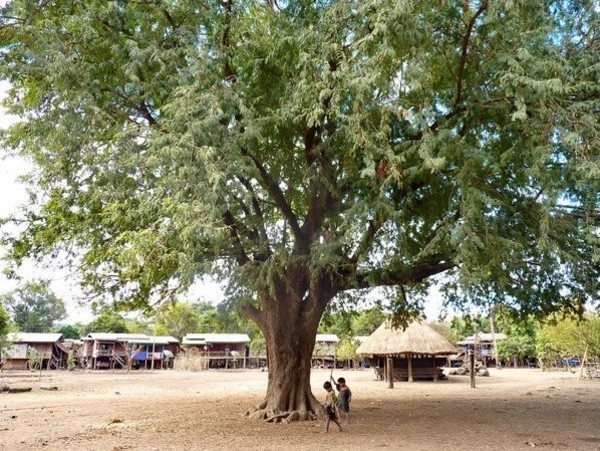
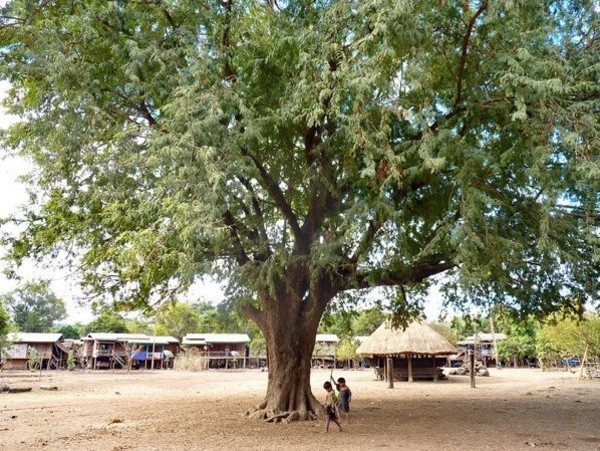
Leaves and flowers are also therapeutic. Decoctions from them help with fever, infectious and inflammatory diseases, lung problems.
Use of wood
The seeds of the pods contain a lot of oil, from which varnishes are made for furniture coatings.
Tamarind wood is used in the turning industry, as it has high technical characteristics and is noble in appearance, resembling a rosewood. Material prices are also similar. Finishing materials, floor coverings, expensive furniture, sports and kitchen equipment, and various souvenir crafts are made from wood. Tamarind is not used in wide construction. This is prevented by the curvature of the trunks, from which it is difficult to get even boards. In addition, the restoration of felled trees takes decades, and if we consider that these are valuable fruit bearing, there is doubt about the benefits obtained.
